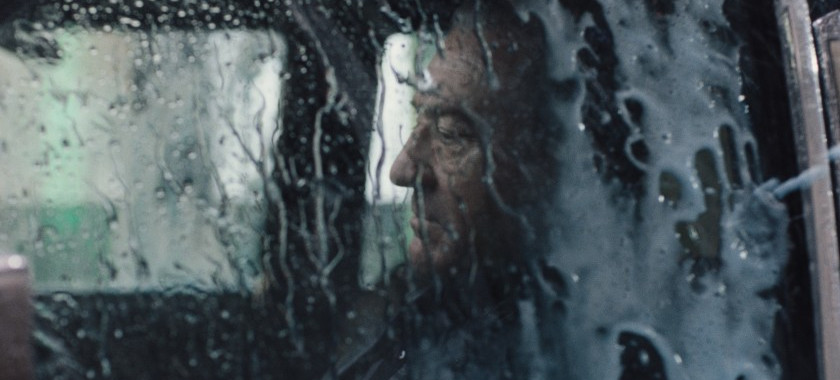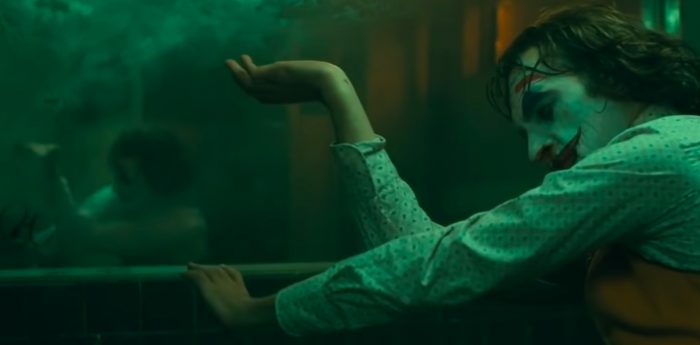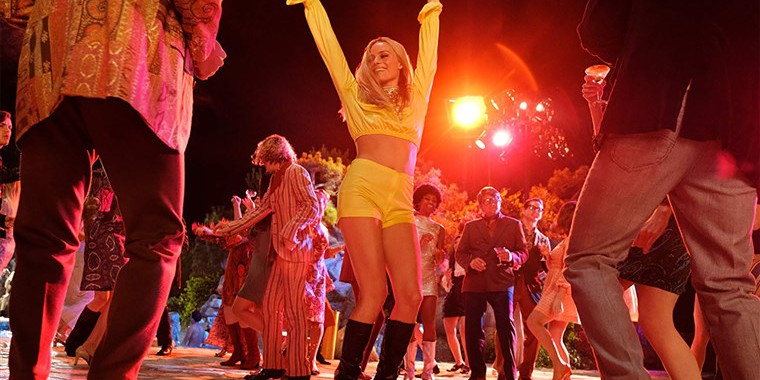2020 Oscar Predictions: Best Cinematography
- Sheldon Gaskell
- Feb 6, 2020
- 3 min read
Updated: Feb 8, 2020
Nominees: Roger Deakins (1917), Rodrigo Prieto (The Irishman), Lawrence Sher (Joker), Jarin Blaschke (The Lighthouse), Robert Richardson (Once Upon a Time in Hollywood)
Will Win: Roger Deakins (1917)
Runners-up: None

Should Win: Jarin Blaschke (The Lighthouse)
Runners-up: Rodrigo Prieto (The Irishman)

My Choice: Claire Mathon (Portrait of a Lady on Fire)
My Nominees: Jarin Blaschke (The Lighthouse), Jörg Widmer (A Hidden Life), Rodrigo Prieto (The Irishman), Adam Newport-Berra (The Last Black Man in San Francisco)


















Comments